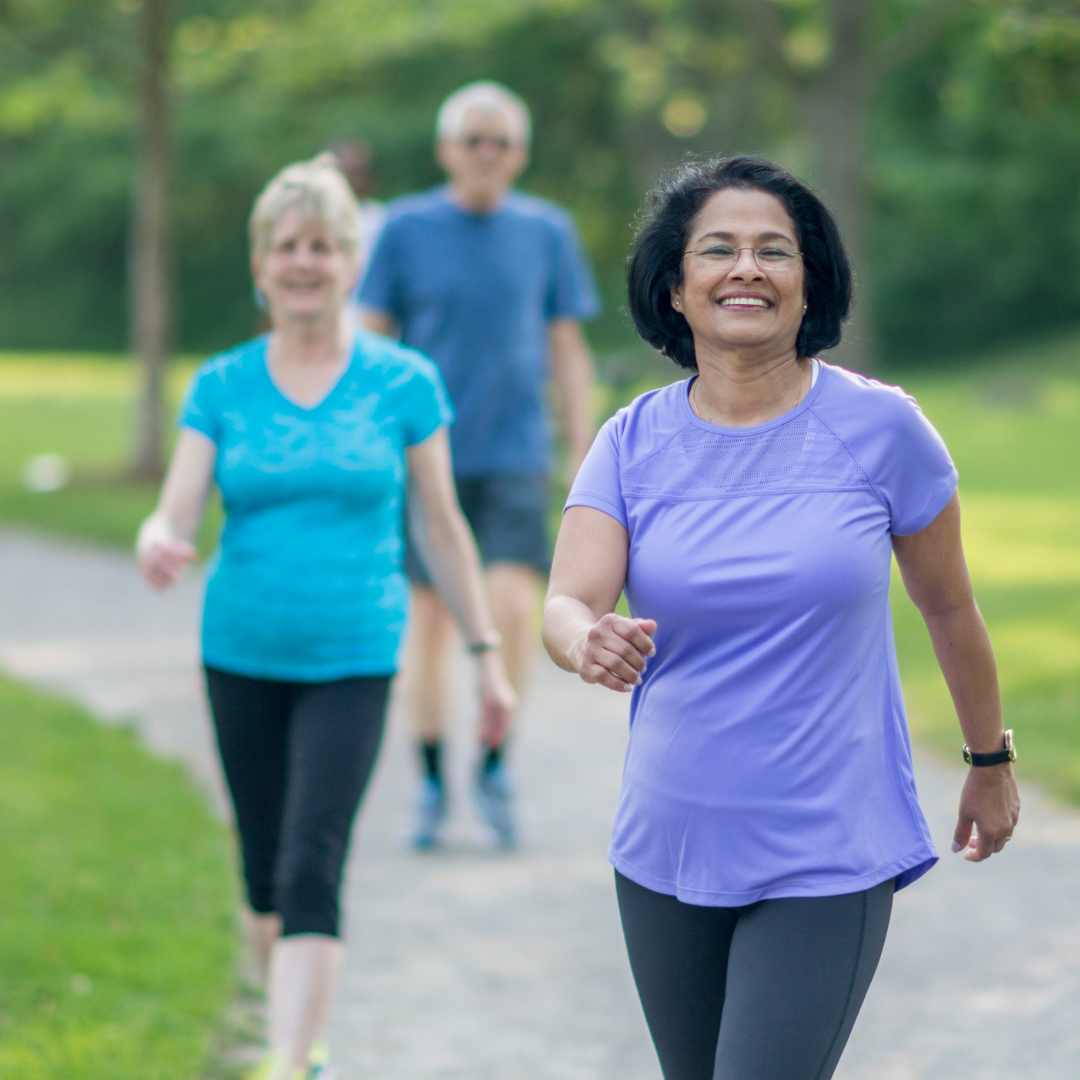As the weather is warming up now, it’s a great time to get outside for a walk.
Walking is an excellent form of exercise, especially if you are one of the estimated eight to ten million Americans who are living with Peripheral Artery Disease, or PAD.
PAD is a condition caused by the narrowing of arteries resulting in poor blood flow/circulation from the heart out through the rest of the body, typically to the lower extremities. Symptoms of PAD include painful aches and cramps as well as non-healing ulcers on the legs and feet.
At CTVS, our board certified vascular surgeons help patients manage their PAD every day.
Research shows that one simple thing you can do to help alleviate symptoms and effectively manage PAD is walking at a challenging pace.
A study published in the Journal of the American Heart Association observed that those with PAD who walked at an accelerated pace, although it may have caused initial fatigue and soreness, were later able to both (1) increase their walking speed, and (2) exhibit overall better leg function than those who walked at a more comfortable pace. Walking at a faster pace elevates your heart rate and encourages healthier blood flow.
(As the saying goes, “no pain, no gain.”)
CTVS board-certified vascular surgeon Dr. Taylor Smith regularly treats PAD and supports walking as one important way to help manage the condition.
“Whatever you can do to keep moving may keep you from needing any intervention at all, and a walking program is a great place to start,” explains Dr. Smith.
Dr. Smith says that you should always check with your physician first before starting a walking program or any new exercise regimen, if you have a heart or circulatory condition.
More about the effectiveness of walking on PAD can be found here.
It may be time to seek more urgent treatment for PAD if you:
- Continue to have severe pain after adopting a regular walking routine
- Have visible signs of stress on your legs or feet such as shiny skin, non-healing ulcers, or blue or blackened external tissue
- Feel constant coolness to the touch of your legs or feet
In very serious cases and if left untreated, PAD can lead to amputation. At CTVS, we will always do everything in our expertise to find an effective therapy and prevent limb loss.
For questions about managing PAD or any of our cardiac, thoracic, or vascular services, please visit ctvstexas.comor call us at (512) 459-8753 to schedule an appointment.
Don’t forget to follow us on Facebook and Instagram and check our blog for regular updates.

